INTERVIEW: Leevi Haapala
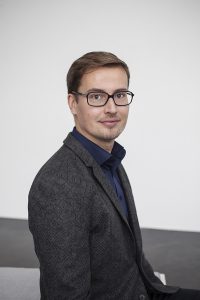 ARS is one of the oldest recurring exhibitions of Contemporary Art in Europe, taking place in Finland since 1961. The theme of the exhibition “ARS17 – Hello World!” is the global digital revolution whose impacts are evident in culture and the economy, as well as in human identity and behavior. The exhibition serves as a platform for Kiasma Museum of Contemporary Art to develop the accessibility of art and the methods for its presentation, as well as the museum’s collection practices. “ARS17+ Online Art” is the web extension of “ARS17 – Hello World!” presenting online works by approximately 20 artists. On the occasion of “ARS 17 Hello world” we talk with Leevi Haapala, who is one of the curators and Director of Kiasma, about the artwork and the digital age. Curator, Art Writer and Lecturer, Leevi Haapala achieved his position after he was a Praxis Professor of Exhibition Studies at University of Arts, Helsinki. Also Leevi Haapala spent six years as a researcher at the Central Art Archives in the Finnish National Gallery, and seven more years as a Curator of Kiasma’s permanent collection. ‘’Artists, without gender boundaries, offer to us to perceive many different utopic and dystopic visions of today’s polarized world, but also on our shared future together’’.
ARS is one of the oldest recurring exhibitions of Contemporary Art in Europe, taking place in Finland since 1961. The theme of the exhibition “ARS17 – Hello World!” is the global digital revolution whose impacts are evident in culture and the economy, as well as in human identity and behavior. The exhibition serves as a platform for Kiasma Museum of Contemporary Art to develop the accessibility of art and the methods for its presentation, as well as the museum’s collection practices. “ARS17+ Online Art” is the web extension of “ARS17 – Hello World!” presenting online works by approximately 20 artists. On the occasion of “ARS 17 Hello world” we talk with Leevi Haapala, who is one of the curators and Director of Kiasma, about the artwork and the digital age. Curator, Art Writer and Lecturer, Leevi Haapala achieved his position after he was a Praxis Professor of Exhibition Studies at University of Arts, Helsinki. Also Leevi Haapala spent six years as a researcher at the Central Art Archives in the Finnish National Gallery, and seven more years as a Curator of Kiasma’s permanent collection. ‘’Artists, without gender boundaries, offer to us to perceive many different utopic and dystopic visions of today’s polarized world, but also on our shared future together’’.
By Efi Michalarou & Dimitris Lempesis
Photo: Kiasma Museum of Contemporary Art Archive
The exhibition “ARS17: Hello World!” has as its main theme the digital revolution, exploring the question “What can art tell us about life in the digital age?” also is extending it the World Wide Web with “ARS17+ Online Art”. The online exhibition of an artwork, has the same power with an artwork on presentation in the space of a Gallery or a Museum?
These are two different and complimentary platforms for the ARS17 exhibition. Physical exhibition fills the whole Kiasma and on the other hand virtual exhibition in ARS17+ Online Art gallery, which is accessible any time anywhere as long as the user has an Internet connection. Some works of art are present on both platforms like Reija Meriläinen’s Survivor game commissioned by Kiasma or videos by Charles Richardson. The context has a huge impact on the received experience: installations create immersive surrounding for experience, on the other hand the user may feel more relax on couch at home. So we balance the dichotomy between physical and virtual within this exhibition.
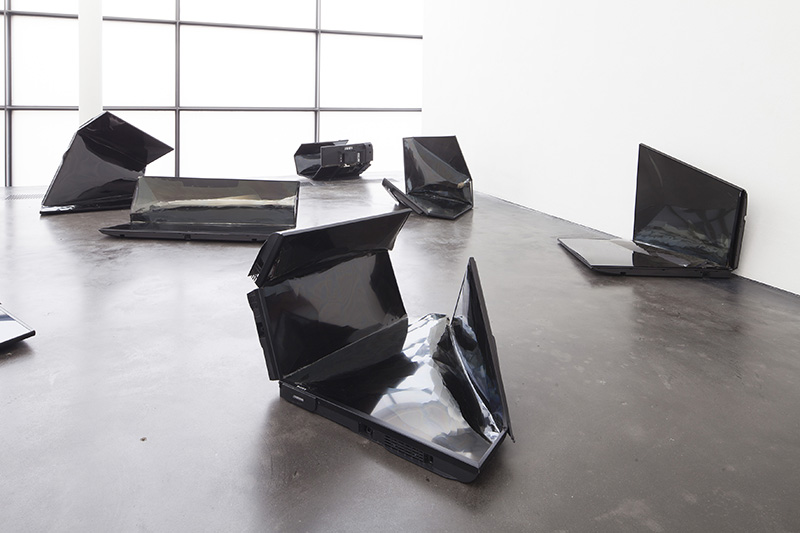
The exhibition is a survey of Contemporary Art focusing on the global digital revolution and its impact on culture, economy, and the human identity and behavior. With your Curatorial experience, what are the obtained results?
These were our complex tasks for the exhibition. It is also a brief summary of the situation in which we are living in the digital age right now. Impacts on culture and arts are easier for us to recognize. Now we are having Millennial artists in the exhibition who have lived and worked their professional lives during the Internet, which offers reference points, platforms for creation, discussion and delivery. ARS17+ offers opportunity to this, for example to create your own musical scores at Pink Twins’ work. In that sense artists have option to release their inventions or material for users and to be closer to their audiences.
The idea of us as world citizens is closer than ever – at least in Western societies. We have opportunity to participate on cultural discussions virally. The impact of social media is so relevant to any content provider to be spread and also how it challenges people to connect and to share their perspectives. The question of privacy vs. public presence is very much debated. It concerns individuals, institutions, administration, business and states. How and to whom we like to be seen or to be camouflaged? I love Hito Steyerl’s topical video How Not to be Seen: A Fucking Didactic Educational .MOV Fil on this subject matter in the exhibition. Ideals like open data, ground sourcing, participation are key issues also for many artists. This has specific effects also on art market, publications and online journals and online galleries, where and how to exhibit art to wider or very specific audiences. We have opened also online arsguide.kiasma.fi so that our hesitant visitors can plan their visits before and also share their experiences afterwards.
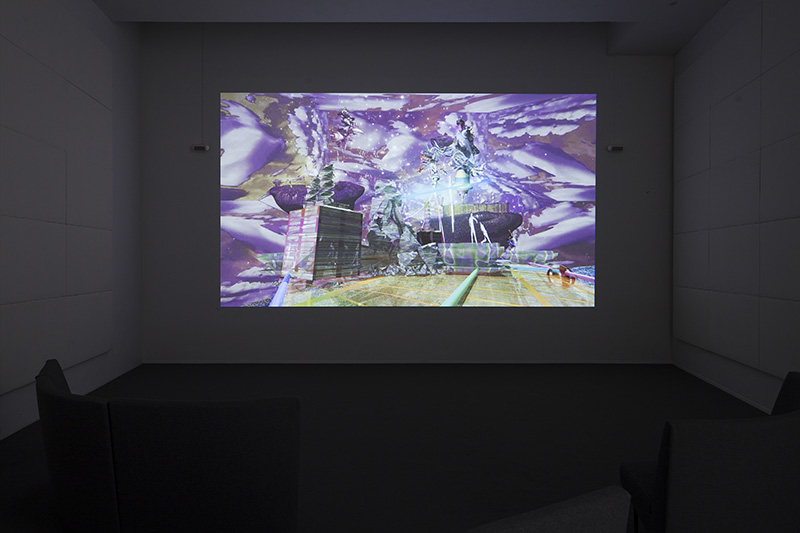
Human behaviors, feelings and desires are documented in the. What are the most typical issues that concern contemporary human?
Artists, without gender boundaries, offer to us to perceive many different utopic and dystopic visions of today’s polarized world, but also on our shared future together. Keywords are honesty, time after irony, liberation, and caring versus loneliness, hate speech and misanthropy. Also many artists are very capable of handling emotions and sense of belonging with new digitally produced images and creatures, so that it is easy to identify with them. My favorite figure is Dave by Ed Atkins in his video installation Ribbons. On a level of affect digitally produced image is a second skin.
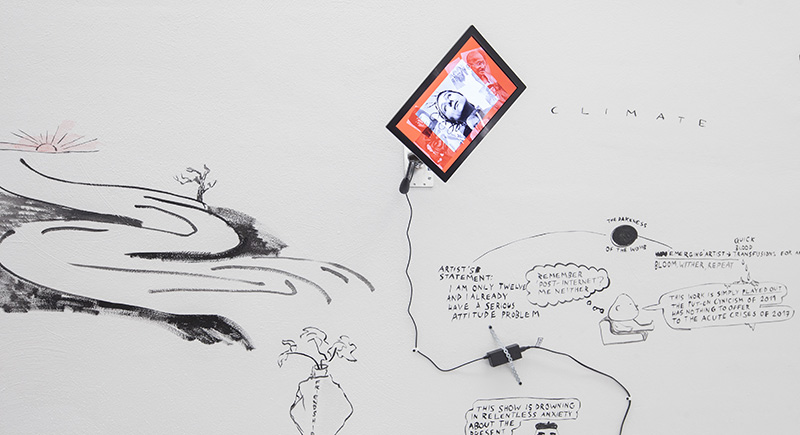
With the invasion of technology in our daily lives, on the one hand the digital services and platforms have become tools for people, on the other hand, more and more personal data are collected. Do you think that the access to our personal data, habits, desires and more generally in our lives by corporations or governments, does this circumvents our personal freedoms?
The online world brings many positives, ideally leading to the growth of new communities, a more open world and more sharing of moments and experiences. Services, like daily banking or access to your own health care information, or options for online shopping ideally make our lives easier, smoother and better – except the long list of needed security codes. But for example, our most searched subjects at Google engine or likes and dislikes in social media starts to customize our news feed and commercials one sees, etc. In that sense we allow voluntarily with our customized habits to limit our own choices. That in a way harmonize our digital surroundings, but as a consequence it is even possible to create and to live in that famous bubble, if one is not conscious of it. There are always both sides in every phenomenon.
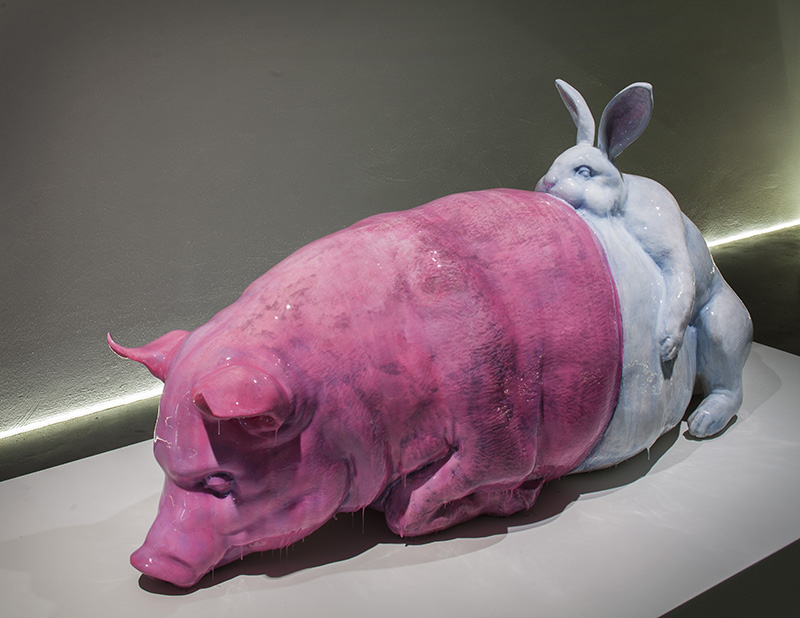
The artists, who are engaged with technology, are like all the other artists or are hermetic in their own virtual world? Is there a link between physical and virtual worlds or is the projection of the self-image, as formed by the social media?
Also Millennials are living in the same world with us, even though they do not think that our reality is divided, but more or less merged reality, where physical reality and virtual are parallel to each other. Of course every artist selects his or her own ways of using social media as an artist or as a person like any of us. Some of them are more public figures, whose identity is built on those representations. They can use alter egos or have different personas in media debates depending on the platform.
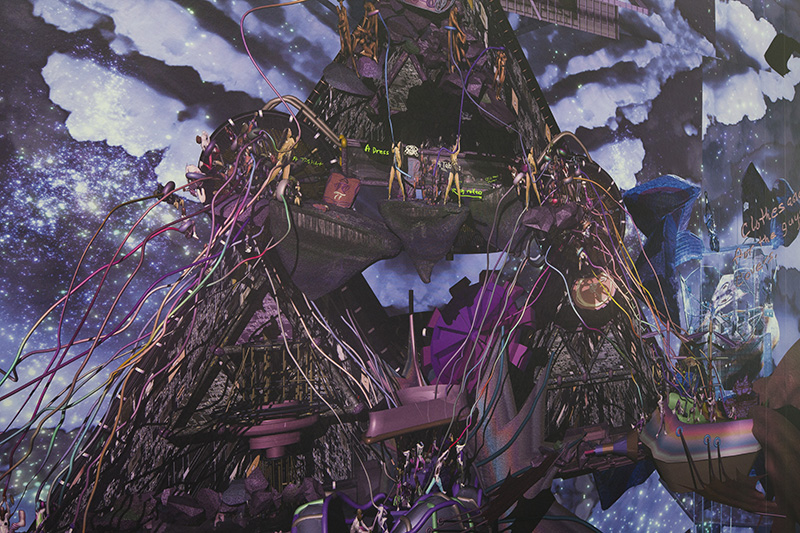
Which is the future of the digital art, techno-utopias or frightening dystopias?
They are each other’s counterparts. In the ARS17 exhibition Jacolby Satterwhite offers in his films and performances liberating phantasy of black queer future as an eternal formation of community, which lives in a combination of gym and space ship floating in space without historical burden of black man. Also Hito Steyerl gives utopic alternative to energy production model based on changing dance moves into solar power. More pessimistic solutions we can find from Melanie Gilligan’s Common Sense, in which technology forges a more empathetic society, yet also serves as a powerful surveillance device and a highly addictive entertainment provider. One end would be hacktivism (hack + activism), which could also be a form of activist art. Both utopic and dystopic aspects are needed for us to start figuring out our possible futures and their counter parts.
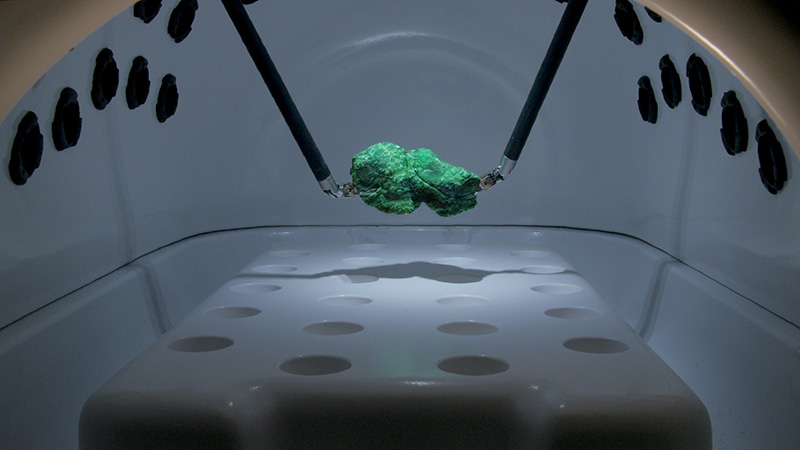
Τhe artists who are using the potentials offered by the digital technology and the power of computers, can degrade the meaning of artwork to a mass media or advertising product? Some of the works that are on presentation, depict Internet as the great collective unconscious of our time.
High and low are not issues for Post-Internet aesthetics or politics as such, because references and re-readings travel in both directions. Some artists are critical towards brand aesthetics and some other ones earn their living as anonymous designers for the pretty much same companies. Of course artists most often offer to us more critical readings of our consumption culture filled with personal, cultural, political or social meanings and outcomes.
The metaphor of Internet as a collective unconscious of our time was discussed in our curatorial team, because internet and even more so dark net, includes all what you could possibly imagine to search from there. All our fantacies and anxieties in every area of life, lost and found desired objects, are available
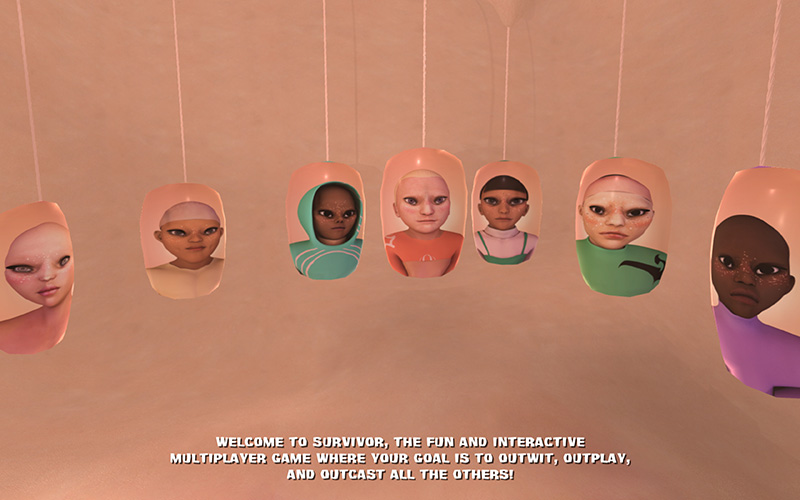
The exhibition brings together 35 artists from 13 countries representing three generations. Are there differences between their work illustrating their origin and locality? Or they represent an atopia?
I wouldn’t say that they illustrate with their works any locality or geographical origin as such. Many of them have lived or are dividing their time between two cities and cultures. Our idea was still to make visible the links among Baltic and Nordic artists, like Katja Novitskova, Jaakko Pallasvuo and Anna Uddenberg, to their colleagues living in London, Berlin and Los Angeles and New York, where they have also studied and lived. Most of them are born in 80s, only two of them in 60s, German Hito Steyerl and Finnish Juha van Ingen, who bring with them intellectual history and tradition of media art before it became celebrated part of contemporary art practices.
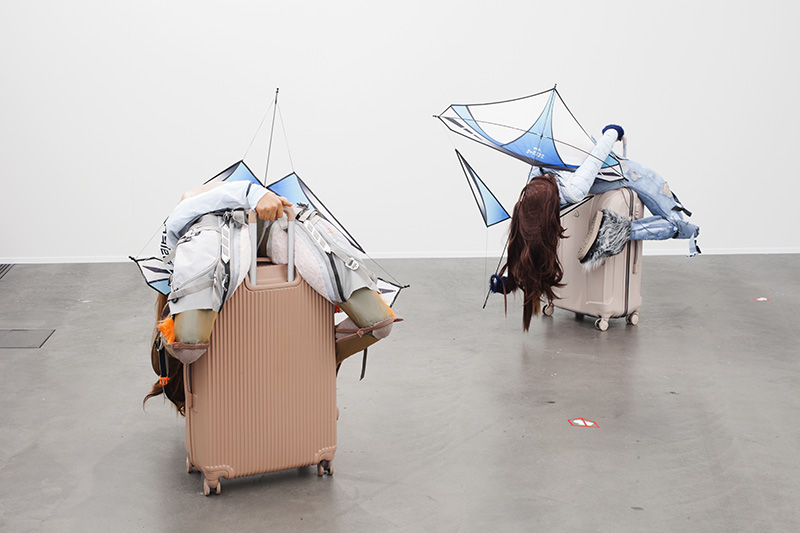
What are the issues of concern of the younger artists in relation to the older?
Our starting point was not to historicize or make an anthology of everything what has happend since the Internet was launched. We wanted to highlight the present tense and showcase Millennials and international artists that have not been seen in Finnish art scene earlier. Young artists share same concerns but respond to those with their own (visual) language and vocabulary. Spanish artist Julia Varela saw an internet video of terrorists erecting screens in the Iraqi city of Mosul for the purpose of screening Isis propaganda. And her sculptural installation ‘hijacks’ the screens and renders them useless bended flat screens on floor. Also many young artists use natural science as a reference point and those new perceptions made with new techology like drones and electronic microscopes allows us to see. Also questions about the human-nature connection and sustainable development are very much present for example in Nandita Kumar’s micro cosmological plantations inside bottles. Also the formation on identity on social media is one of the discussed issues.

“What can art tell us about life in the digital age?” this question is the thematic catalyst of ARS 17. Would you like to discuss on it?
The exhibition presents a selection of contemporary art that reflects many aspects of digital culture: how it is celebrated as a novelty bringing convenience to our daily lives; how it exists as both a visual surface and a critique that penetrates to the core of our social fabric; how it breeds hype, yet is also a vehicle of analysis probing the reality that we construct through our choices. One of the core goals of ARS17 is to deepen our critical self-understanding of digital culture in relation to how art is made and presented, and also to foster an inter-disciplinary approach in bringing art into a wider arena of debate on our digital future. Beside the exhibition the discussion continues in seminars and discussions around the year and in the catalogue entries and essays by me and many authors like Maaike Bleeker, Omar Kholeif and Christiane Paul. Hello World! exhibition is a topical statement, and makes this cultural turn visible also on institutional level.
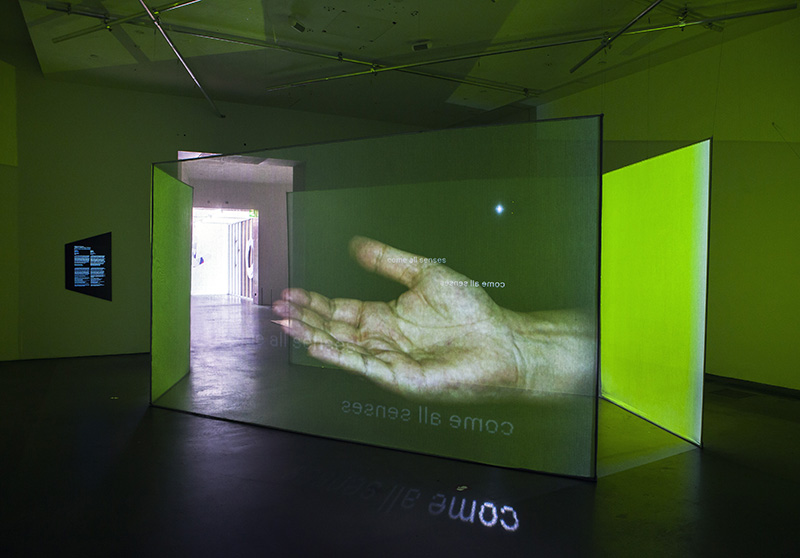
Info: Curator: ARS17: Dr. Leevi Haapala, Curatorial Team: Marja Sakari, Kati Kivinen, Patrik Nyberg and Jari-Pekka Vanhala, ARS17+ Online Art: Arja Miller, Eija Aarnio and Milja Liimatainen, Selected commissioned works: Attilia Fattori Franchini, Theatre’s program: Mikael Aaltonen, Museum of Contemporary Art Kiasma, Mannerheiminaukio 2, Helsinki, Duration: 31/3/17-14/1/18, Days & Hours: Tue & Sun 10:00-17:00, Wed-Fri 10:00-20:30, Sat 10:00-18:00, www.kiasma.fi & http://arsplus.kiasma.fi
Download Greek Version here.
First Publication: www.dreamideamachine.com
© Interview – Efi Michalarou & Dimitris Lempesis
